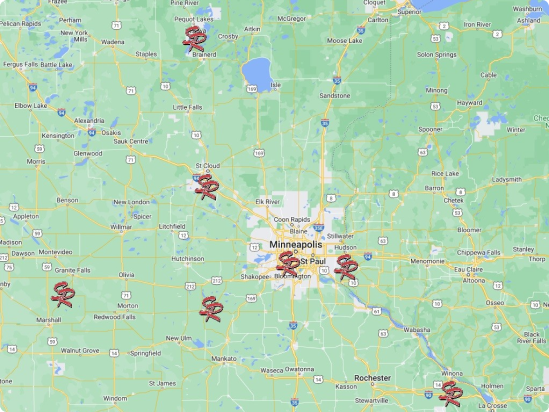Why does the upstairs of my home feel hot? This is a common issue homeowners have during the summer months. While it’s common for your second level to feel warmer than the rest of your home—because hot air rises—experiencing a severe temperature difference when going upstairs could be a sign of other issues in your home. If you have central air, and nothing is wrong with your HVAC systems and ducts, try diagnosing the issues as an exterior problem.
If the upstairs of your home feels overly warm, it could be because of one of these common home issues.
Poor Attic Insulation and Ventilation
Attic insulation and ventilation is crucial to maintaining the desired temperature in your home. If you have an attic space that is not properly insulated or ventilated, it’s normal to feel higher temperatures when you’re upstairs.
Your attic is a warm place. Not only is it not finished, it’s also the highest place in your home. The insulation in your attic is designed to keep that hot air out of the livable parts of your home. If the insulation is inefficient. That hot air can escape into the second floor of your home.
Ventilation is also important in an attic space, which is the job of your roofing vents (soffit vents, etc.). If air is not being allowed to vent out of the space properly, you’ll feel the difference inside your home. If you do not think your attic is properly ventilated, get in touch with a roofing company to come out and inspect the space. Many older homes do not have the most up-to-date ventilation plans, and you’d be surprised by the difference it can make.
Old and Drafty Windows
Most people associate drafts with cold weather. They envision cold spots by the windows of their home because of old and leaky windows. But this also impacts the temperature in your home during the summer months, which is why window replacement is also essential during the summer months. Drafty windows allow conditioned air to escape your home, they also allow warmer air in. If the second floor of your home has a noticeable temperature difference, be sure to check the windows and window frames (along with any skylights) to make sure they are not damaged or too old.
Your Roof is Too Old
Even your roof can impact the temperature of your home. Older roofing systems not only become less energy efficient over time, but their materials are also less energy efficient by design. Newer roofing shingles and other materials were designed with energy efficiency in mind, so replacing your old roof could have a significant impact on the temperature on the second floor.


